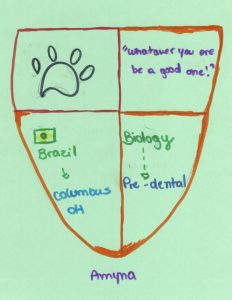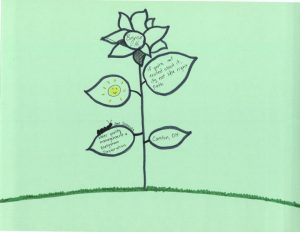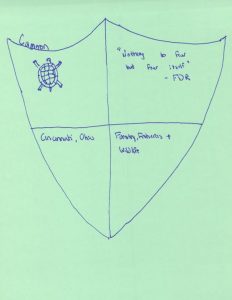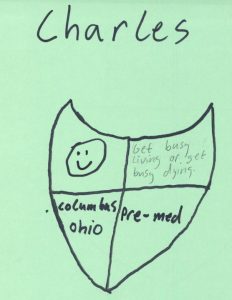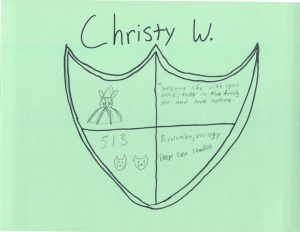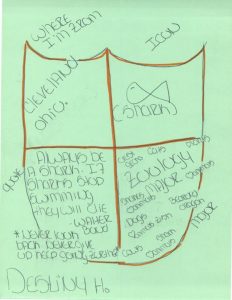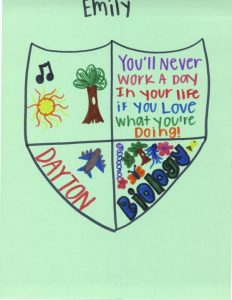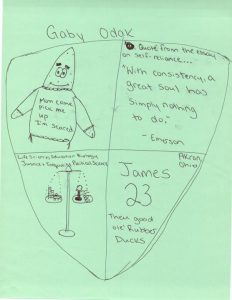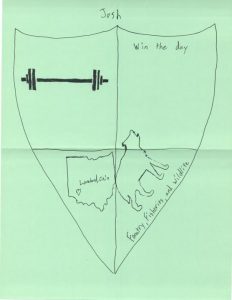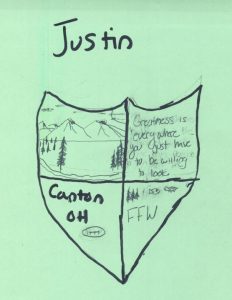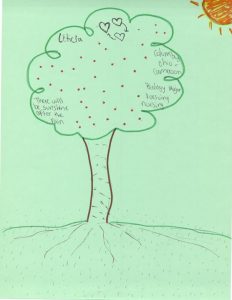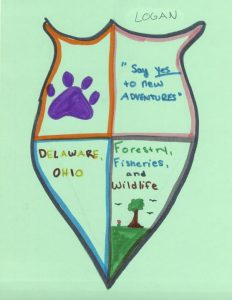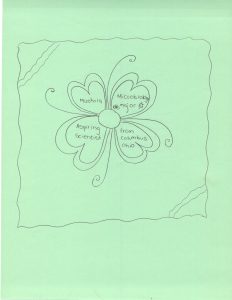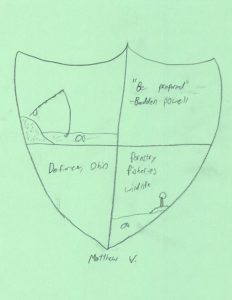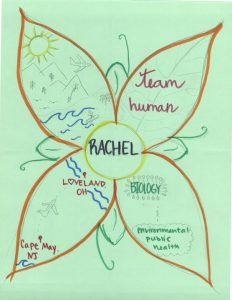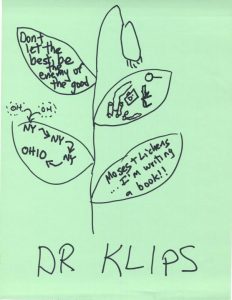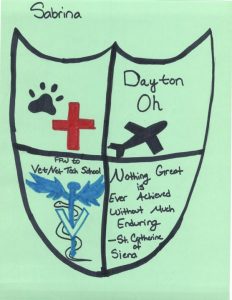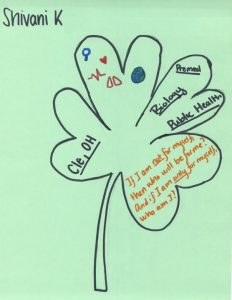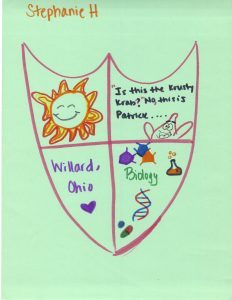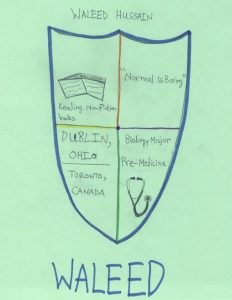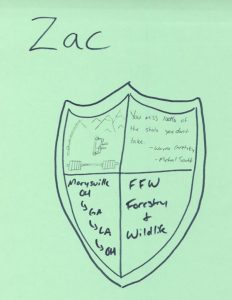It’s been a great pleasure exploring Ohio Plants with you all this term. Enjoy reading some (or all) of the web pages that your classmate colleagues produced this past month. Answers are due Tuesday June 8.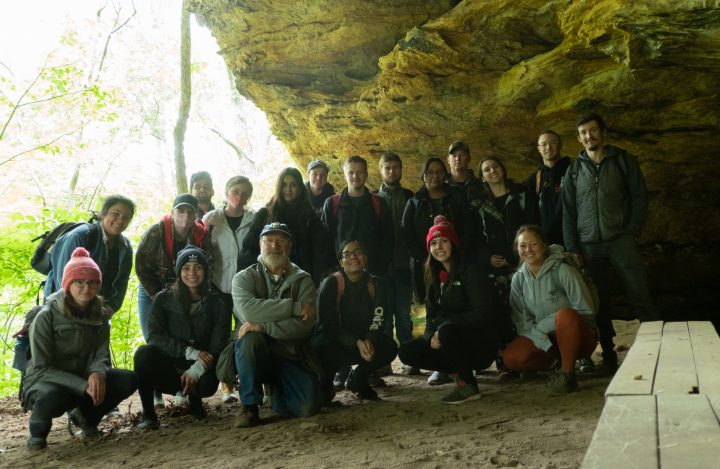
Us at Deep Woods!Alexandria, on their CEDAR BOG ISN’T REALLY A BOG page, shows us a pretty flowering shrub in the Rosaceae, and explains both its genus name and common name. What are those names and their meanings?
Amyna, on their DEEP WOODS page, shows us one example of what we called a “scratch and sniff” plant. Name the plant and give a use to which it was been put.
Bryce, on their TREES page, describes the fruit of American elm, and relates a childhood association with it. What is the fruit type, and the childhood memory?
Cameron, on their Cedar Bog (Hmm, I’ve been wondering…it it really a bog?) page, notes a nasty surprise lurking within this rare and beautiful plant. What is it and what’s the plant?
Charles, on their Plants of Blacklick Woods page, found a lovely actinomorphic and 5-petaled representative of a family that wasn’t one of our 8 in class. What’s the family, and what is this specimen’s inflorescence type?
Christy, on their Battelle and Geobotany page, shows us an opposite-leaved plant with a somewhat unappetizing name that produces edible berries. What is it, and what’s the name of its opposite-leaved family?
Claire, on their Cedar Bog page, makes a very important point about carnivory in plants. How does its function differ from what most people might expect?
Destiny, on their Deep Woods page, describes a particularly delicate spore-bearing plant with a name related to its weakness – what is it and why might it be difficult to find in late Autumn?
Emily, on their DEEP WOODS page, mentions that eastern hemlock, while not a good Christmas tree, does have some other uses. Name them please.
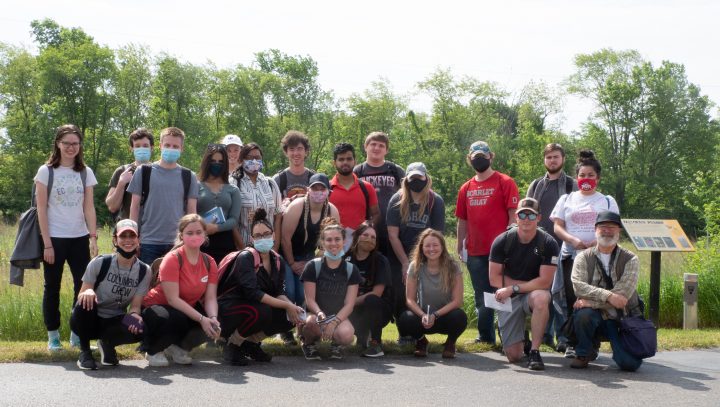
Us at Cedar Bog (that isn’t a bog)
Gaby, on their CEDAR BOG (which, by the way, isn’t a bog) page, shows us an aquatic insectivorous plant. Name this plant and explain how it does its insectivory.
Josh, on their CEDAR BOG (t i a b) page, describes the hydrology of this unique natural area. Where does the water come from, and what is special about it?
Justin, on their Plants of Olentangy River Wetland Site page, found a delicious multiple fruit with two possible identities. What were the options and how did Justin determine the species?
Leticia, on their BATTELLE DARBY METRO PARK page, mentions an animal interaction involving wood poppy. What is that animal interaction?
Logan, on their BATTELLE DARBY METRO PARK page, give an interesting alternate name for northern prickly-ash. What is it, and why?
Mashria, on their CEDAR BOG (about which, funny thing…) page, shows us several plants along with their coefficient of conservatism (CC) values. Which plant has the highest CC, and what ecological role does it play?
Matthew, on their TREES page, tells us that hickory wood us useful. What for?
Rachel, on their GEOBOTANY page, tells us something I always wondered…why is Fraxinus quadrangulata called “blue ash”? Why is that?
Dr. Klips on their FIELD TRIPS page, describes the pollination mechanism of southern blue flag iris (Iris virginica), seen at Cedar Bog that isn’t a bog, or a boy, or a bot, or a box, or a boa, noting the unusual configuration of sepal, stamen, and a rather modified style. Describe them please.
Sabrina on their DENDROLOGY page, tells us that American elm has a distinctive shape. What is that shaoe?
Sean, on their DEEP WOODS etc. page, tells us an interesting and pleasant “scratch and sniff” fact about sweet birch. What is it, and to what chemical is it attributable?
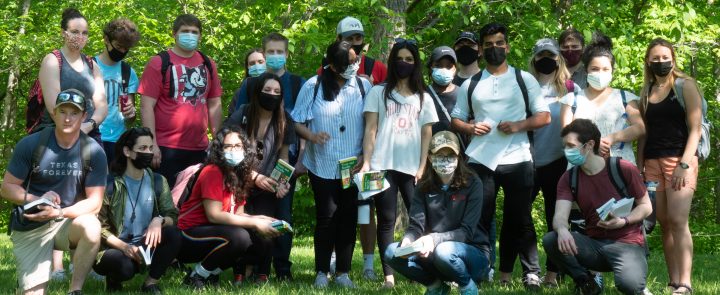
Haha…Dr. Klips had the wrong shutter setting to he isn’t in this picture!
Shivani, on their PLANTS OF THE SOUTH CHAGRIN RESERVATION page, tells us that the invasive garlic mustard is harmful ecologically not only by outcompeting the good guys, but an additional effect having to do with the soil. What is that effect?
Stephanie, on their GOB RADEC (that isn’t a gob) page, says “During our wonderful trip, we walked the mile long board-walk and encountered many awesome plants…I’ll save the best (in my opinion ) for last so tune in” What was that “best” plant and what is so special about it?
Waleed, on their CEDAR BOG (it actually is a bog…fooled ya!) (no it isn’t) page, explains what a “graminoid” is and gives two examples. What is a graminoid, and what ones did Waleed show us?
Zac, on their DEEP WOODS page, displays a plants under the “Acid Sandstone Loving Plants” that isn’t explicitly mentioned as such by Jane Forsyth, but sure seems to fill the bill. Name the plant, explain why it got included in that section, and give two animal interactions –one a bird, the other insects.
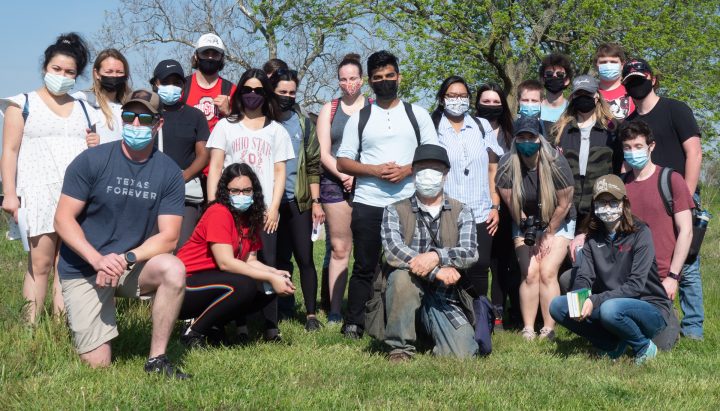
Us at the wetlands at Battelle Darby Metro Park


